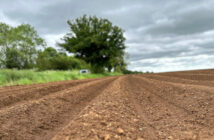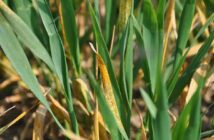Second generation Clearfield oilseed rape varieties will allow growers to reap far greater benefits than just better weed control, says Michael Farr of DSV.
Clearfield area increased to 80,000ha in 2018 representing 13% of the total oilseed rape area drilled with improved genetic resilience and yield improvements likely to take that even higher in the future, he believes.
“In the early days, much of the interest in Clearfield was created by weed control with Imazamox delivering reliable control of problem weeds such as charlock, runch and hedgemustard.
“Furthermore, many growers had identified the high cost of pre-emergence weed control from metazachlor-based products as being one of the most expensive elements of their establishment management.”
But in the post neo-nicotinoid era, crop establishment has been less of a certainty and growers have seen significant other benefits with Clearfields, he says.
“Many have found that by growing a Clearfield variety they have more options in terms of drilling and subsequent agronomic strategies.
“From DSV’s own work on-farm we know many producers completely skip a herbicide application and many use other options later on in the season depending on the emerging weed burden.”
Better control of volunteers and improved quality at harvest is another factor that could lie behind the rapid rise in Clearfield popularity, he suggests
“Claims and rejections into the crush have clearly increased over the last two years and the main findings of research into this point towards volunteer oilseed rape being a major part of the problem.
“Clearfield is the perfect solution for such issues with one application of the chemistry giving significant control of volunteers resulting in an almost instant improvement in quality.”
Companion cropping with Clearfield varieties is also gaining interest, he says.




